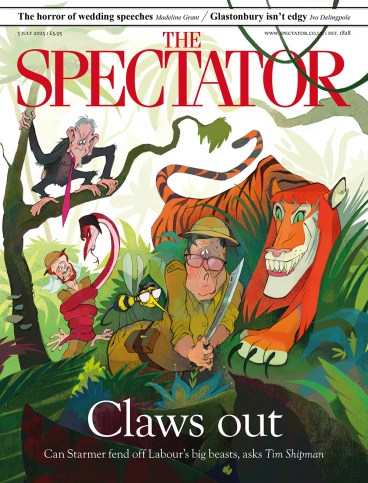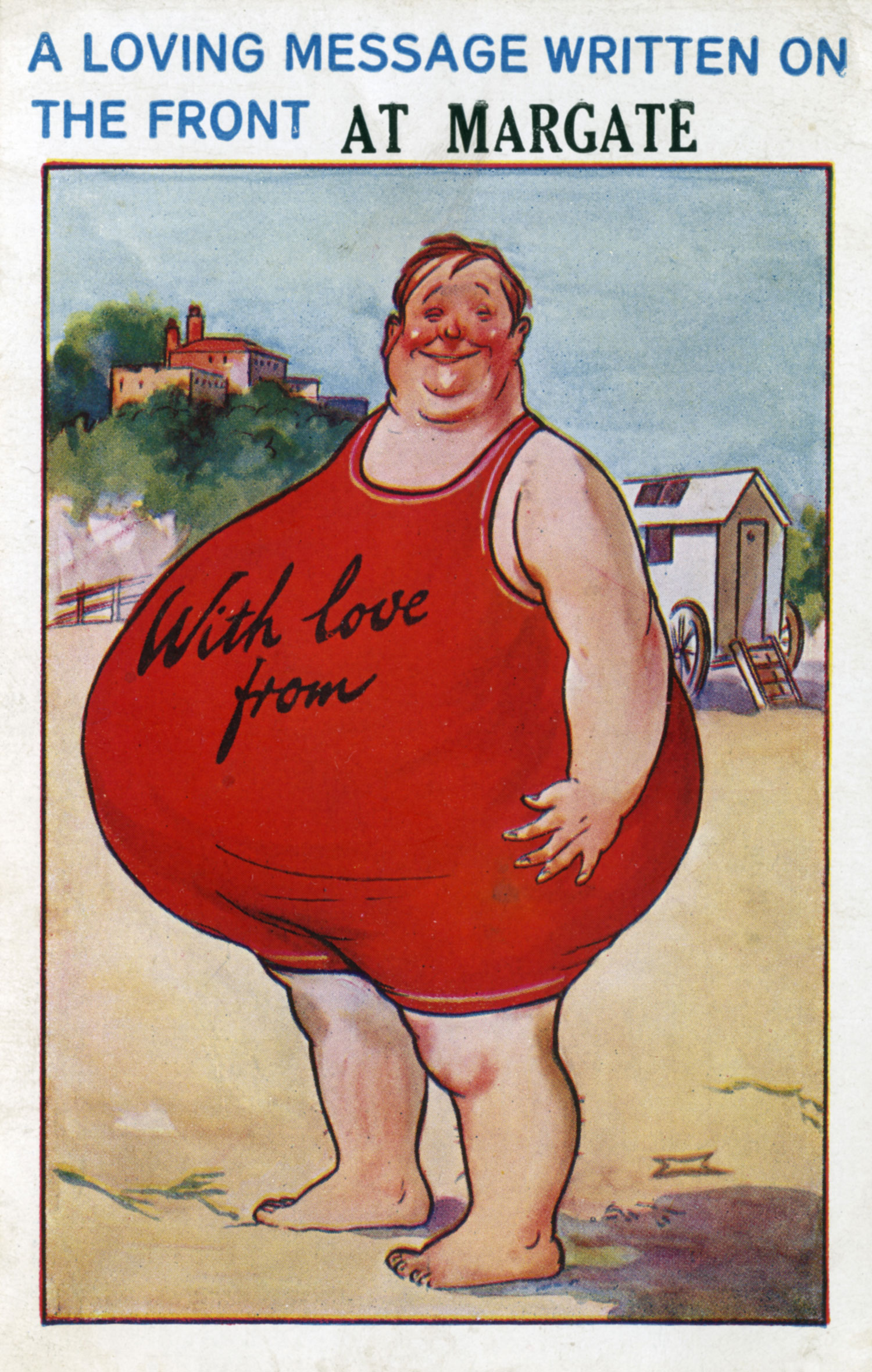
Steve Morris has narrated this article for you to listen to.
Worse for drink, and lonely in his Hollywood apartment, F. Scott Fitzgerald sat down to write a postcard. He began, ‘How are you?’, an important question as he was planning to send the postcard to himself.
Although he never sent it, perhaps he understood the magical ability of the postcard to cheer us up. They’ve been doing that since the first ones – plain cards bearing a pre-printed stamp – were introduced into Britain in 1870. It took time for the current format as we know it to develop: picture on one side and, on the other, a space for the address and some words.
By the Edwardian period, 800 million cards were being sent a year. They had the same kind of impact on communication that early text messages had for us and for similar reasons – they were quick, cheap and the limited space tended to make the messages more immediate.
Postcards could even be lifesavers. Sweetheart messages during the first world war between troops in the trenches and loved ones at home were good for morale, as long as they escaped the attention of the army’s censors. Often the troops drew painted love tokens and messages on one side – a moment of tenderness as the shells fell. Sometimes they sent cards embroidered by local French and Belgium families. These little pieces of art were a way of standing up against the brutality of the conflict. They might feature a flag or patriotic message or black cats for good luck. No two cards were the same, and millions were sent.
It was in the 1940s that the postcard became a cultural icon, defining a certain kind of bawdy humour. James Bamforth was a portrait photographer who began producing the first saucy seaside postcards in 1910. They are glorious, rude and full of larger-than-life ladies and little men. Usually, they highlight a misunderstanding between the sexes and are pretty astute on sexual politics. The master of the art was Donald McGill, who produced 12,000 magnificently vulgar designs. His work caused such an uproar that in 1954 he was fined under the Obscene Publications Act. An early defender of his cards was George Orwell: ‘The corner of the human heart that they speak for might easily manifest itself in worse forms, and I for one should be sorry to see them vanish.’
I have a lot to be thankful for when it comes to postcards. Indeed, I owe my life to them. My father was a cockney who couldn’t read or write. When he was on active service in Suez he received a postcard from a prospective pen pal in London. He showed the card to his commanding officer, who answered it with another one – pretending to be my dad. He commented that the young woman who was writing seemed quite posh and nice. He became my father’s Cyrano de Bergerac. Correspondence by card continued for a year or so and after my father was demobbed, he met his pen pal. They married and they had me.
Sadly, postcards have been in steep decline for decades, but they are still sent as a memento of a family holiday in some seaside town. I received one recently from a relative which simply said: ‘Weather shit, can’t wait to come home.’ There is something quite profound in those seven words.








Comments